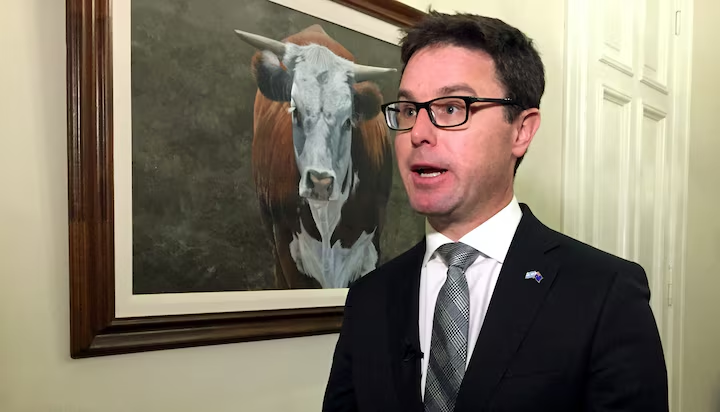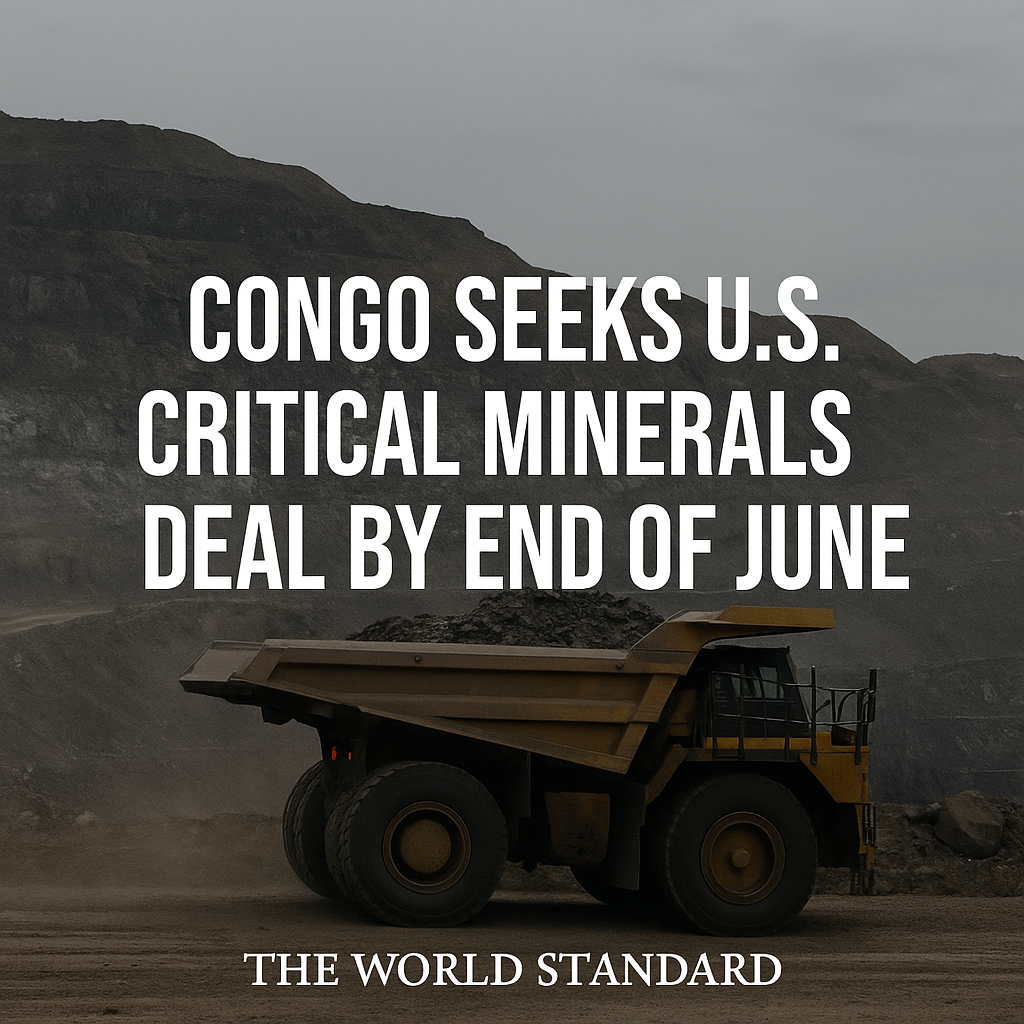In a dramatic shift within Australian politics, the National Party announced on Tuesday, May 20, 2025, that it is formally ending its long-standing coalition agreement with the Liberal Party, marking the first time in decades that the conservative alliance will operate separately at the federal level.
The decision, revealed by Nationals leader David Littleproud, follows the coalition’s devastating loss in the recent federal election, where the Liberals managed to secure just 28 of 150 seats — their worst electoral performance in Australian history. Littleproud said the Nationals now seek to “chart their own course” as a distinct political force focused on rural and regional Australia.
“This is not a divorce filled with anger, but rather a recognition that we need to stand independently for our values and our voters,” Littleproud told reporters in Canberra.
The Liberal-National Coalition, often referred to simply as “the Coalition,” has been a fixture of Australian politics since 1949, typically governing together as a unified conservative bloc. But growing internal rifts over climate policy, social issues, and energy strategy have pushed the parties apart in recent years.
Littleproud emphasized that the Nationals would no longer be bound by Liberal leadership decisions or policy platforms and will re-establish a distinct identity in parliament.
“We want to be the voice of the bush — uncompromised, unapologetic, and independent,” he said.
Outgoing Liberal leader Sussan Ley expressed disappointment over the split but said she understood the Nationals’ position given the coalition’s recent electoral defeat.
“We’ve been partners in government for decades, and I’m proud of what we achieved together. But I respect their decision to stand alone at this moment in history,” she said.
The split has major implications for opposition strategy, parliamentary cooperation, and future elections. Analysts predict the Nationals will now rebuild their policy platform around agriculture, rural infrastructure, water management, and regional economic development, while the Liberals will attempt to rebrand and recover in urban and suburban electorates.
The Labor government, under Prime Minister Mark Carney, now faces a fragmented opposition, potentially easing the passage of legislation — though it also opens the door for unpredictable parliamentary dynamics, especially if crossbench cooperation becomes necessary.
Political experts note that while the split weakens the conservative opposition in the short term, it could allow both parties to reconnect with their respective bases and eventually return to electoral strength — separately or through a future renegotiated alliance.
“This may be painful now, but it could help both parties rebuild from the ground up,” said Dr. Laura Hoggins, a political analyst at the University of Melbourne.
For now, the Nationals will sit on the opposition benches independently, while the Liberals begin their internal leadership review. Whether this marks the end of the Coalition era or a temporary pause in their political partnership remains to be seen — but what is clear is that Australian politics has entered a new chapter.
Source; Reuters



